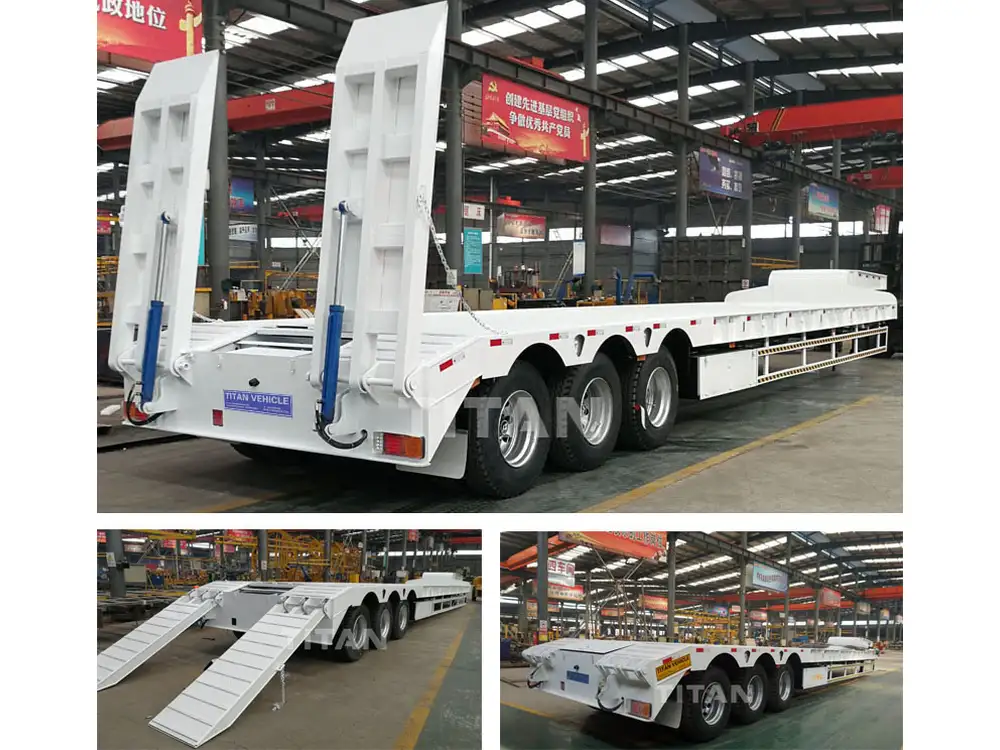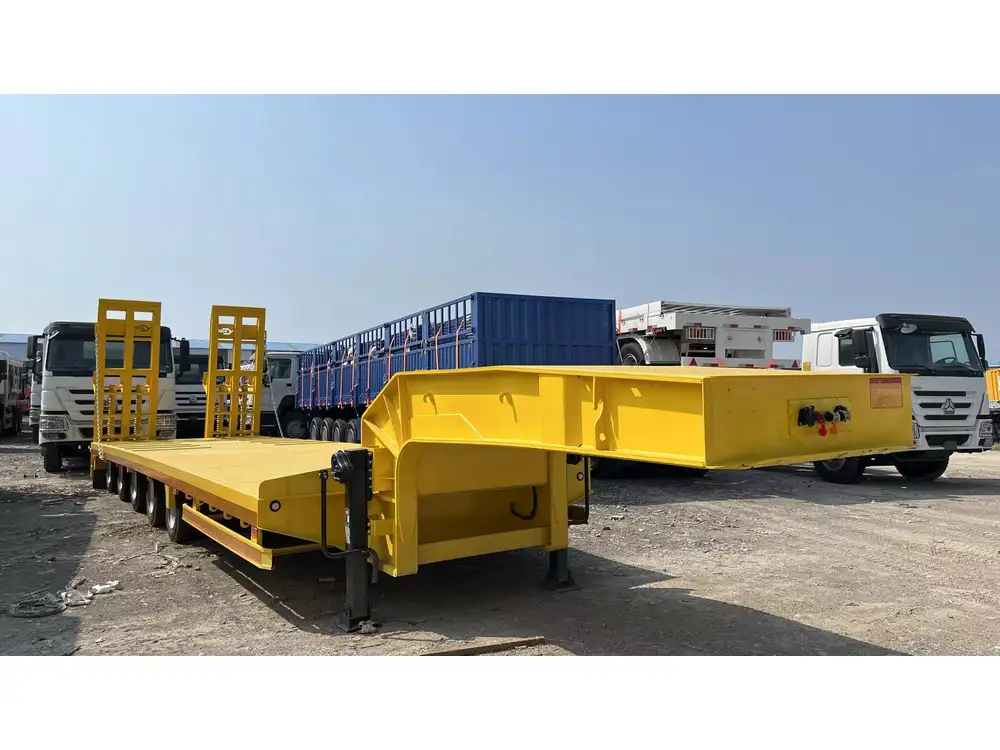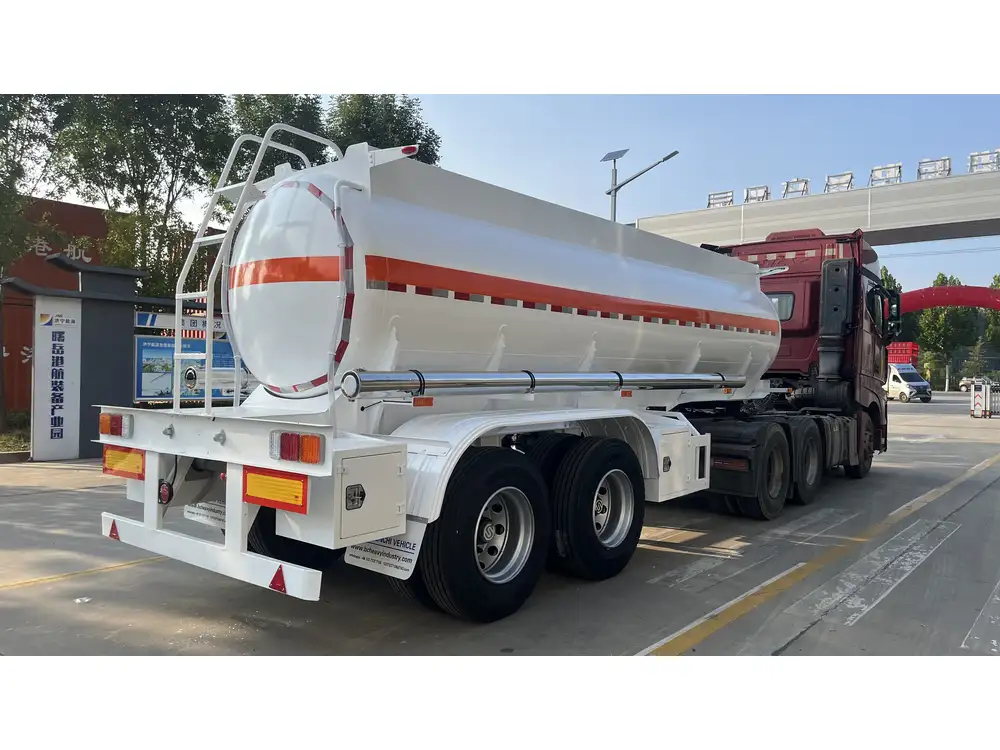Tarping a semi-trailer is a crucial skill for truck drivers and logistics operators in Australia. Given the vast distances and diverse weather conditions in this vast land, protecting cargo with a tarp not only ensures safety but also compliance with regulations. This comprehensive guide will explore the optimal techniques, equipment, and best practices for tarping a semi-trailer.
Why Tarping is Essential
Tarping provides essential protection to cargo against:
- Weather Elements: Rain, hail, snow, and UV rays can all damage goods during transit.
- Road Debris: Loose items on the road can become projectiles and cause damage.
- Theft and Vandalism: A well-covered load is less enticing to thieves.
- Regulatory Compliance: Australian logistics regulations often mandate that cargo must be secured and protected.
Understanding the significance of tarping is the first step in mastering the process.
Essential Equipment for Tarping
Before we dive into the steps, let’s identify the equipment you’ll need:
| Equipment | Purpose |
|---|---|
| Tarps | Provides a protective cover over cargo. |
| Stretch Straps | Secures the tarp tightly to the trailer. |
| Hats | Keeps the tarp in position during windy conditions. |
| Bungee Cords | Offers flexible fastening options. |
| Windshield | Prevents the tarp from flapping against cargo. |
| Ladder | Helps reach higher parts of the trailer. |
| Gloves | Protects hands from cuts and scrapes during tarping. |

Step-by-Step Guide to Tarping a Semi-Trailer
Tarping may appear straightforward, but attention to detail is crucial for achieving effective results. Here’s how to do it:
1. Prepare the Trailer and Cargo
Begin by ensuring that your trailer and its cargo are ready for tarping:
- Inspect Cargo: Ensure the cargo is properly loaded and balanced inside the trailer. Any shifting loads can compromise the tarp.
- Clean the Trailer: Clear off any debris that could puncture the tarp.
- Organize Tarps and Equipment: Lay out all your tarps, straps, and other equipment on the ground for easy access.
2. Choose the Right Tarp
Select a tarp that fits your trailer and cargo type. Consider:
- Material: Common materials include polyethylene, vinyl, and canvas – each with different protective qualities.
- Size: Make sure the tarp is long enough to cover the entire load, with extra length for securing.
- Weight: Heavier tarps provide better durability against the elements but may be more challenging to maneuver.

3. Position the Tarp
With your equipment in place, it’s time to position the tarp:
- Unfold the Tarp: Lay the tarp lengthwise over the load. Ensure it hangs evenly on both sides.
- Check Alignment: Ensure the tarp covers all surfaces of the cargo, extending beyond the ends.
Pro Tip: The ‘Back to Front’ Method
To enhance safety and ease of tarping, consider the ‘back to front’ method, where the tarp is aligned starting from the back of the trailer and pulled forward. This often allows for a tighter seal against wind and rain.
4. Secure the Tarp
Once the tarp is correctly positioned, secure it using the following methods:

4.1. Use Stretch Straps
- Wrap the Strap: Start at one end of the tarp; wrap the stretch strap around the tarp and the trailer using the D-rings for better adherence.
- Pull Tight: Adjust the strap to ensure it is secure but not overly tight, which could damage the tarp or cargo.
4.2. Deploy Bungee Cords and Hats
- Add Bungee Cords: Utilize bungee cords for additional stability, particularly along the edges of the tarp.
- Install Hats: If necessary, position hats over the tarp to secure it against wind.
5. Final Inspection
After securing the tarp, it’s essential to conduct a thorough final inspection:
- Check for Gaps: Ensure there are no exposed areas where rain or wind could penetrate.
- Verify Strap Tension: Ensure all straps and cords are adequately tightened to secure the tarp.
- Look for Damage: Inspect the tarp for any rips or tears that could compromise cargo security.

Efficient Tarping Techniques
While the basic steps outlined provide a solid foundation, consider these advanced techniques for improving efficiency:
1. Practice Makes Perfect
Repetition builds proficiency. Regularly tarping semi-trailers allows drivers to develop their methods based on experience.
2. Incorporate Teamwork
Whenever possible, work in pairs. Having an extra set of hands makes it easier to manage large tarps and quickly achieve a tight fit.

3. Use Tarping Systems
Consider investing in mechanical tarping systems which can automate the covering process. These systems can save time and reduce physical strain.
Common Tarping Issues and Solutions
Even seasoned professionals encounter challenges. Here are common issues and their solutions:
| Issue | Solution |
|---|---|
| Tarp Flapping | Use edge weights or additional straps to secure the tarp. |
| Difficulty in Securing | Consider using lighter materials or pre-fitted tarp systems. |
| Water Accumulation | Ensure that the tarp has a slope for water runoff; check angles. |
| Tarp Damage | Replace damaged tarps promptly to prevent cargo exposure. |
Legal Requirements for Tarping in Australia
In Australia, the law places a strong emphasis on cargo security. Compliance with the National Heavy Vehicle Regulator (NHVR) Pre-Work Checks is crucial. Here’s a brief overview:
- Secure All Loads: All goods must be adequately secured to prevent shifting during transit.
- Weight Regulations: Ensure that the combined weight of cargo and tarp does not exceed legal limits.
- Visibility: Ensure that the tarp does not obstruct the view of indicators or vehicle lights.

Conclusion
Mastering the skill of tarping a semi-trailer is essential for anyone involved in logistics in Australia. By adhering to the steps and techniques outlined in this guide, you can effectively protect your cargo, comply with legal regulations, and ensure safe transit across the often-unpredictable Australian terrain.
Ready to Improve Your Tarping Skills?
For further training and resources, consider participating in workshops or specialized courses focused on cargo securing techniques. Enhanced skills in tarping can lead to greater efficiencies in your operations, ultimately contributing to customer satisfaction and business success.
By following this guide, you’ll establish a solid foundation for successful tarping practices that not only maximize protection but also enhance operational efficiency in transporting goods across Australia.



